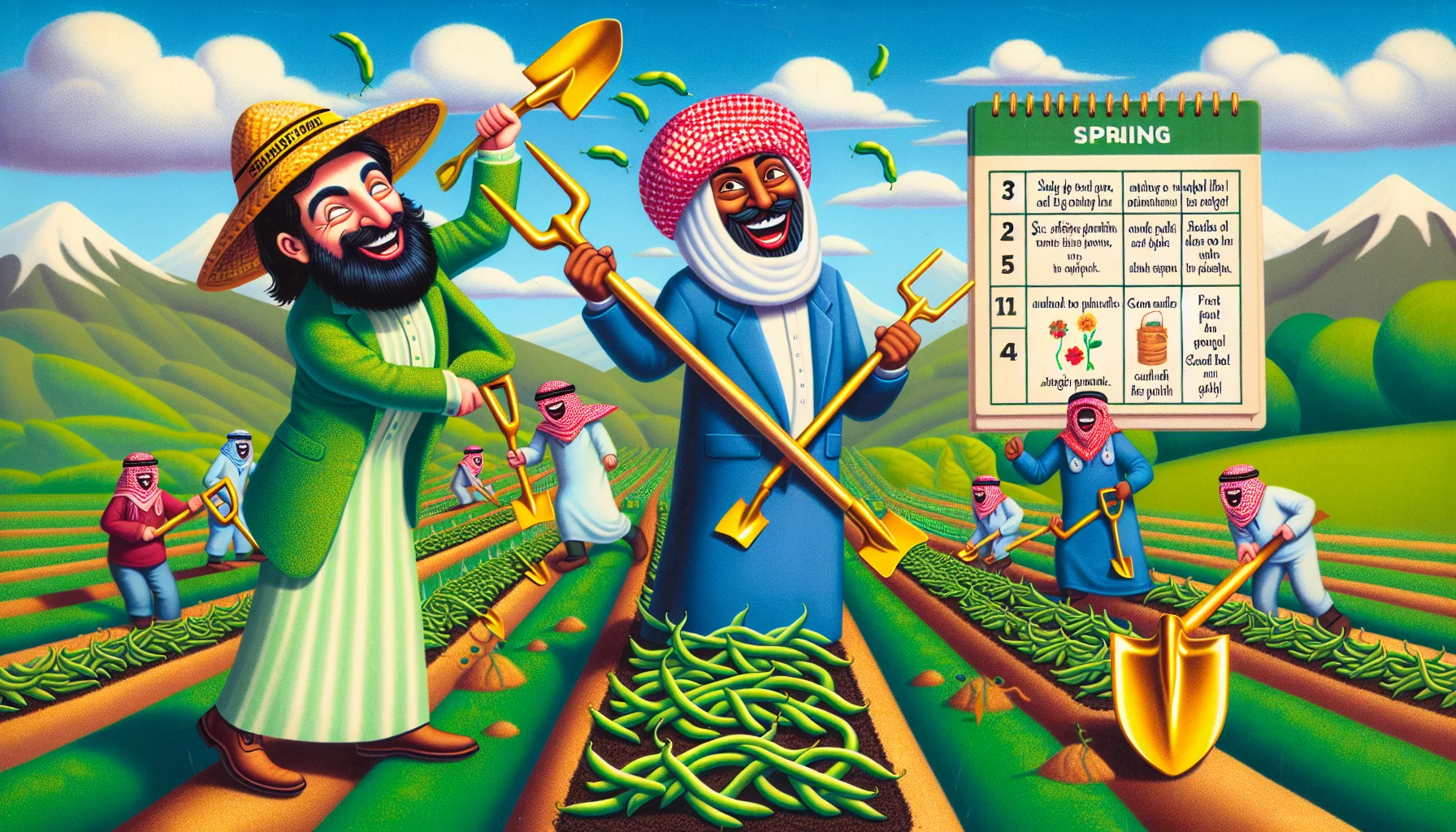When to plant bush beans Quiz
Test Your Knowledge
Question of
The Best Time to Plant Bush Beans
Timing is crucial when it comes to planting bush beans for a successful harvest. These plants thrive in warm soil and cannot withstand frost. Therefore, the best time to plant bush beans is after the last frost date in spring, when the soil temperature has consistently reached at least 60°F (15°C). Planting too early can lead to poor germination and weak seedlings, while planting too late might not allow the beans enough time to mature before the first fall frost. By planting at the optimal time, gardeners can ensure a bountiful and healthy crop of bush beans.
Understanding Your Growing Zone
Identifying your growing zone is a fundamental step for any gardener, particularly when it comes to planting bush beans. The growing zone, also known as the hardiness zone, is a geographically defined area that specifies the climate conditions relevant to plant growth and survival. By knowing your zone, you can select bush bean varieties that are well-suited to your local climate, ensuring they have the best chance to thrive. This knowledge helps in planning planting times and in selecting plants that can grow to their full potential within the bounds of the local growing season. Understanding your growing zone can make the difference between a bountiful harvest and a disappointing yield.
Ideal Planting Dates for Bush Beans
- Zone 3: Plant from May 15 to June 10
- Zone 4: Plant from May 1 to June 15
- Zone 5: Plant from April 20 to June 20
- Zone 6: Plant from April 10 to June 30
- Zone 7: Plant from April 1 to July 10
- Zone 8: Plant from March 1 to July 15
- Zone 9: Plant from February 15 to March 1 and September 1 to October 1
- Zone 10: Plant from January 15 to February 1 and October 1 to November 15
Soil Preparation for Bush Beans
To ensure a successful bush bean crop, it's crucial to prepare the soil properly before planting. Begin by choosing a well-draining location as bush beans do not thrive in waterlogged soil. The ideal soil pH level for bush beans ranges between 6.0 and 6.8, so consider testing your soil and adjusting the pH if necessary. Incorporate organic matter, such as compost or aged manure, into the soil to improve fertility and texture. Bush beans benefit from soil rich in phosphorus and potassium, but they fix their own nitrogen, so excessive nitrogen fertilization should be avoided. Preparing your soil with these steps will create an optimal growing environment for your bush beans.
Planting Techniques for Bush Beans
When planting bush beans, it's essential to follow best practices to ensure a bountiful harvest. Start by planting seeds 1 to 1.5 inches deep in the soil, ensuring they are well-covered but not too deep to prevent sprouting. Space the seeds about 2 to 4 inches apart in rows, with each row spaced approximately 18 to 24 inches apart. This spacing allows for adequate air circulation and growth room. Watering is crucial, especially during the germination and early growth stages. Keep the soil consistently moist but not waterlogged. As the plants grow, reduce watering frequency but increase the amount of water to encourage deeper root development. Proper planting and care will lead to a successful bush bean crop.
Caring for Your Bush Beans
- Watering: Provide consistent moisture, especially from the time the flowers appear until the end of harvesting. Water the plants in the morning to reduce evaporation and minimize disease risks.
- Fertilizing: Apply a balanced fertilizer after the first pods begin to form to encourage growth. Avoid over-fertilizing, as too much nitrogen can reduce yields.
- Pest Control: Regularly check for pests such as bean beetles and aphids. Use insecticidal soap or neem oil for organic control. Practice crop rotation to minimize disease and pest problems.
Harvesting and Storing Bush Beans
Bush beans, a staple in many gardens, are ready for harvest when the pods are firm and have reached their full size, but before the seeds inside begin to bulge. They should feel smooth and snap easily when bent. To ensure the best flavor, it's ideal to pick them early in the morning when their sugar content is highest. After harvesting, bush beans can be stored in the refrigerator for about a week. For longer storage, blanching and then freezing the beans is recommended. This process involves briefly boiling the beans, then cooling them quickly in ice water before drying and freezing them. This method helps preserve their texture, flavor, and nutritional value for several months.












